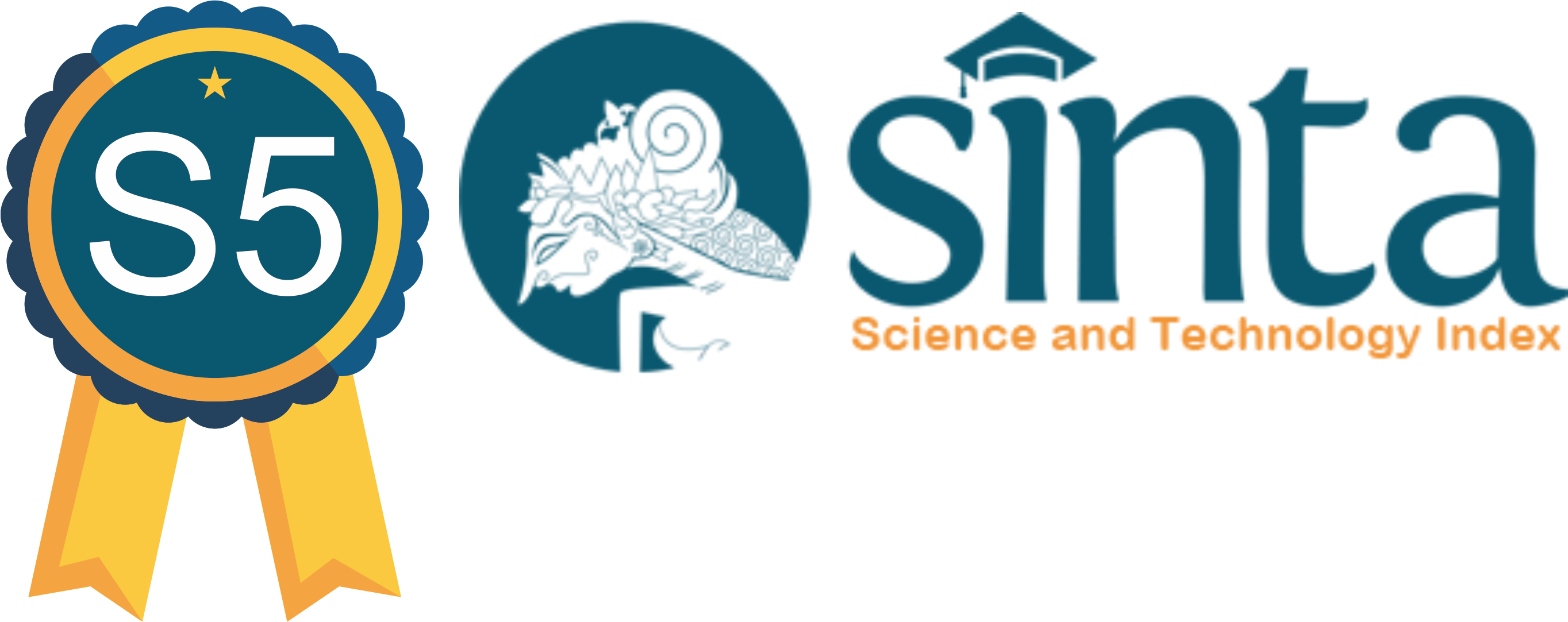Optimisme Disposisional dan Pengukurannya pada Orang Usia Lanjut
Abstract
The elderly as a vulnerable group of people in the community has various physical, psychological and social adversities in their life. In this age, someone who is of old age should have a positive attribute that could help the person to achieve a life with quality. Dispositional optimism is an individual’s positive attribute that could give a positive impact to elderly people. This paper reviewed theories related to dispositional optimism by reviewing existing literature. Indicators and measurement of dispositional optimism also discussed in this paper. Dispositional optimism theory was reviewed from the perspective of the initial founder of the theory and then further looked at its development in global application. Indicators of dispositional optimism were discussed to further understand the process of measurement of the concept itself. The measurement of dispositional optimism was often referred to as the Life Orientation Test scale, which was developed into various kinds of similar tests in order to use the test in other settings. The discussion in this paper hopefully could provide knowledge regarding dispositional optimism in elderly people especially future research in an Indonesian setting.
Downloads
References
Bandura, A. (1995). Self-efficacy in Changing Societies. New York: Cambridge University Press.
Chang, E. C. (2001). Optimism & Pessimism: Implications for theory, research, and practice. Washington: American Psychological Association.
Geers, A. L., Wellman, J. A., Helfer, S. G., Fowler, S. L., & France, C. R. (2008). Dispositional Optimism and thoughts of Well-Being determine sensitivity to an experimental pain task, Annal. Behav. Med., 36, 304-313.
Geers, A. L., Wellman, J. A., Seligman, L. D., Wuyek, L. A., & Neff, L. A. (2010). Dispositional Optimism, goals, and engagement in Health Treatment Programs. J Behav Med, 33, 123-134.
Heo, J. (2010). Serious Leisure, Health Perception, Dispositional Optimism, and Life Satisfaction among Senior Games participants. Educational Gerontology, 36, 112-126.
Ironson, G., Balbin, E., Stuetzle, R., Fletcher, M. A., O’Cleirigh, C., Laurenceau, J. P., Schneiderman, N., & Solomon, G. (2005). Dispositional Optimism and the mechanisms by which it predicts slower disease progression in HIV: Proactive behavior, Avoidant Coping, and Depression. International Journal of Behavioral
Medicine, 12(2), 86-97.
Khallad, Y. (2010). Dispositional Optimism among American and Jordanian college students: Are Westeners really more upbeat than Easterners? International Journal of Psychology, 45(1), 56-63.
Lemola, S., Raikkonen, K., Mathhews, K. A., Scheier, M. F., Heinonen, K., Pesonen, A. K., Komsi, N., & Lahti, J. (2010). A new measure for Dispositional Optimism and Pessimism in young children. European Journal of Personality, 24, 71-84.
Murray, B., & Fortinberry, A. (2004). Creating Optimism: A Proven, Seven-Step Program for Overcoming Depression. New York: McGraw-Hill Companies, Inc.
Nes, L. S., & Segerstrom, S. C. (2006) Dispositional Optimism and Coping: A metaanalytic review. Personality and Social Psychology Review, 10(3), 235-251.
Raikkonen, K., & Matthews, K. A. (2008). Do Dispositional Pessimism and Optimism predict Ambulatory Blood Pressure during schooldays and nights in adolescents? Journal of Personality, 76(3), 605-630.
Seligman, M. E. P. (1998). Learned Optimism. New York: Simon & Schuster Inc.
Suls, J., & Wallston, K. A. (2003). Social Psychological Foundations of Health and Illness. Malden: Blackwell Publishing Ltd.
Tesser, A., & Schwarz, N. (2001). Blackwell Handbook of Social Psychology: Intraindividual Processes. Malden: Blackwell Publishers Ltd.
Valle, C. H. C. D., & Mateos, P. M. (2008). Dispositional Pessimism, Defensive
Pessimism and Optimism: The effect of induced Mood on Prefactual and Counterfactual thinking and performance. Cognition And Emotion, 22(8), 1600-1612.
Copyright (c) 2019 Indra Yohanes Kiling, Yunita Marcelini Manafe, Beatriks Novianti Bunga

This work is licensed under a Creative Commons Attribution-ShareAlike 4.0 International License.
Journal of Health and Behavioral Science (JHBS) is licensed under a Creative Commons Attribution-ShareAlike 4.0 International License. You are free to copy, transform, or redistribute articles for any lawful purpose in any medium, provided you give appropriate credit to the original author(s) and JHBS, link to the license, indicate if changes were made, and redistribute any derivative work under the same license. Copyright on articles is held by the authors. By submitting to JHBS, authors grant any third party the right to use their article to the extent provided by the Creative Commons Attribution-ShareAlike 4.0 International License.

 Indra Yohanes Kiling(1)
Indra Yohanes Kiling(1)








